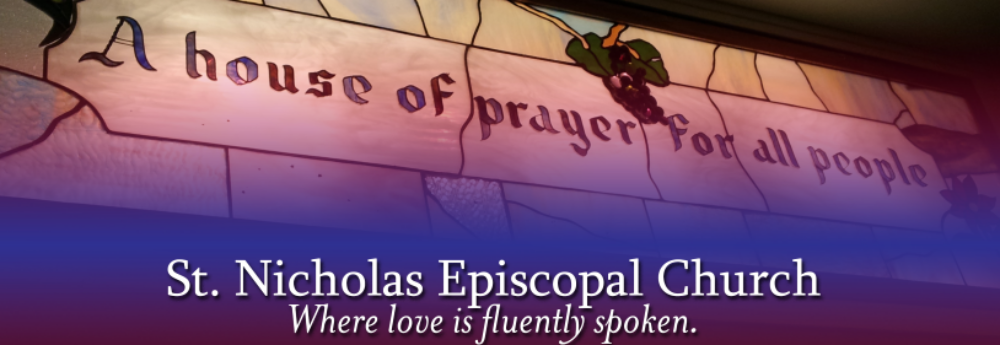This is the item I mentioned in the planning workshop today – the list is cut down greatly, please read the full post at Thom S. Rainer’s site. How do you think we’re doing? Which of these points are we actually doing well? Which are you worried about?
I worked with the church for three weeks. The problems were obvious; the solutions were difficult.
On my last day, the benefactor walked me to my rental car. “What do you think, Thom?” he asked. He could see the uncertainty in my expression, so he clarified. “How long can our church survive?” I paused for a moment, and then offered the bad news. “I believe the church will close its doors in five years.”
I was wrong. The church closed just a few weeks ago. Like many dying churches, it held on to life tenaciously. This church lasted ten years after my terminal diagnosis.
My friend from the church called to tell me the news. I took no pleasure in discovering that not only was my diagnosis correct, I had mostly gotten right all the signs of the impending death of the church. Together my friend and I reviewed the past ten years. I think we were able to piece together a fairly accurate autopsy.
Here are eleven things I learned.
- The church refused to look like the community.
- The church had no community-focused ministries.
- Members became more focused on memorials.
- The percentage of the budget for members’ needs kept increasing.
- There were no evangelistic emphases.
- The members had more and more arguments about what they wanted.
- With few exceptions, pastoral tenure grew shorter and shorter.
- The church rarely prayed together.
- The church had no clarity as to why it existed.
- The members idolized another era.
- The facilities continued to deteriorate.
Though this story is bleak and discouraging, we must learn from such examples. As many as 100,000 churches in America could be dying. Their time is short, perhaps less than ten years.
via Autopsy of a Deceased Church: 11 Things I Learned.


